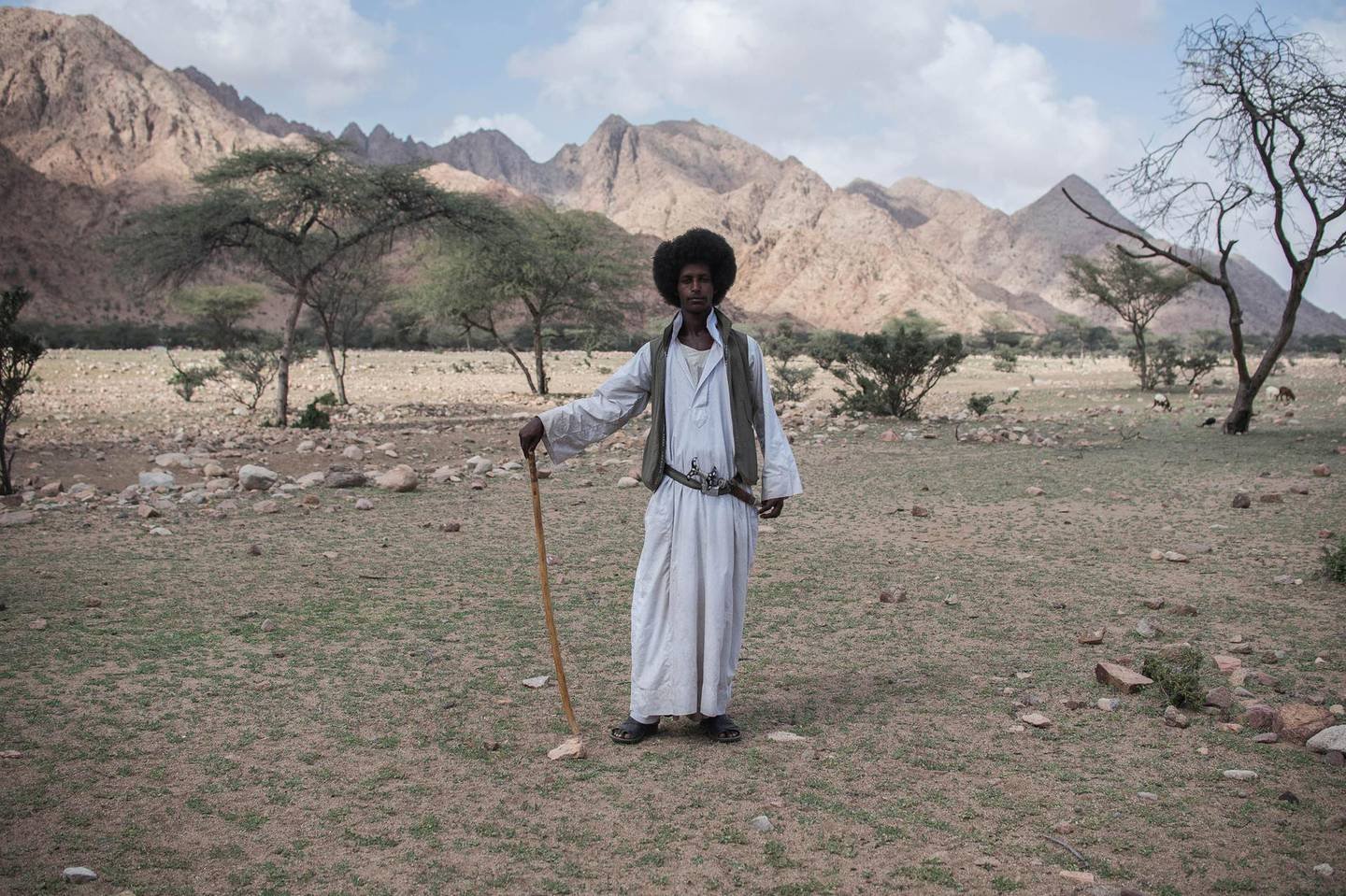Jabal Elba: Flora, Fauna and Folk
By Kenzy Fahmy
The Jabal Elba Protectorate, which lies along the far reaches of Egypt’s southern border in the Halaib Triangle, is home to some of the country’s most vibrant ecosystems. From the mountains and valleys to the coast and sea, its biodiversity and natural heritage are unique to Egypt and, like so many other things, are in need of protecting. Named after Mount Elba, the protectorate covers over 35,000 square kilometers of land that connects a chain of more than a hundred mountains to the Red Sea.
It was officially declared a national park in 1986 by then Prime Minister Ahmed Nazif, and even though it lies within the boundaries of disputed land – Sudan has claimed sovereignty over the Halaib Triangle, a story for another day – the park is currently under Egyptian control.
Because of its geographic location, Jabal Elba and its surroundings see unusually high seasonal rainfall and the air there is laden with mist and moisture. All this water means that the protectorate is far greener than the typically arid deserts and mountains of Egypt; the land is teeming with life and contains between 15-20% of the entire country’s flora.
There are several hundred plant species that live here, including ferns, mosses and succulents that can be found at higher altitudes, and the ever-present Acacia tortilis, a common fixture of Egypt’s Eastern and Western deserts, found mostly along the wadis (valleys). Here you’ll also find the maringa tree, the intensely fragrant and nutritious leaves of which are eaten or consumed as a tea by the local tribes. Along the coast lie the mangrove forests, another vital ecosystem brimming with biodiversity and serving as protection for the coast against the rough elements at sea.
Back inland, the wadis and mountains of the protectorate are home to a great number of bird species, including the Lappet-faced vulture and Egyptian vulture, as well as a number of eagle subspecies. The area also lies along migratory routes, and plays an important role in the survival of many of the world’s migratory birds.
The national park is also home to a number of mammals, including the Barbary sheep, a type of antelope-like goat, and the aardwolf, a member of the hyena family. Until the 50s there had been regular sightings of Egyptian leopards, but more recently no signs can be found of the elusive feline and they are now generally believed to be extinct within Egypt. All in all there are over 40 species of bird, more than 20 mammalian species and around thirty reptilian species that call Jabal Elba home.
Alongside the rich diversity of flora and fauna live the semi-nomadic Beshara and Ababda tribes, as well as members of the Rashaida tribe, although they aren’t considered indigenous to the area. The tribes, guided by ancient customs and sustained by the richness of the land, migrate throughout the valleys in search of water and vegetation for their grazing livestock.
The protectorate is, until now, safe from the threats of modern development, but global warming is taking its toll on life in the isolated corner of the country. Decreased rainfall means less vegetation. Less vegetation means less food for grazing wildlife, which means less food for the carnivorous animals that live there. And of course, all this poses a threat to the livelihood of the native tribes that rely on the land to survive. They now rely more and more on support from NGOs and an increase in eco-tourism, both of which provide much-needed resources to people who until now have depended solely on what the land has to offer.
Because of its proximity to the Sudanese border, Jabal Elba is far from easy to visit. Aside from the incredibly long drive, entry requires special permits and it can be difficult, sometimes impossible even, for non-Egyptians to enter. But it is most definitely worth it. No other place in Egypt is quite like it, and it remains one of our largest and most valuable and most unique nature reserves.




